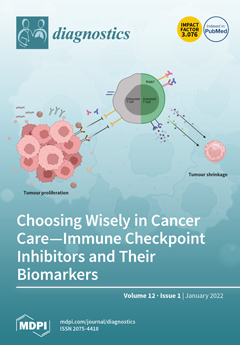Background: Osteomyelitis caused by
Aspergillus spp. is a severe, but rare, clinical entity. However, clear guidelines regarding the most effective medical management have not yet been established. The present study is a literature review of all such cases, in an effort to elucidate
[...] Read more.
Background: Osteomyelitis caused by
Aspergillus spp. is a severe, but rare, clinical entity. However, clear guidelines regarding the most effective medical management have not yet been established. The present study is a literature review of all such cases, in an effort to elucidate epidemiology, as well as the therapeutic management and the infection’s outcome. Methods: A thorough review of all reports of osteomyelitis of the appendicular and the axial skeleton, without the skull and the spine, caused by
Aspergillus spp. was undertaken. Data about demographics, imaging techniques facilitating diagnosis, causative
Aspergillus, method of mold isolation, antifungal treatment (AFT), surgical treatment, as well as the infection’s outcome were recorded and evaluated. Results: A total of 63 cases of osseous infection due to
Aspergillus spp. were identified. The studied population’s mean age was 37.9 years. The most commonly affected site was the rib cage (36.8%). Most hosts suffered immunosuppressive conditions (76.2%). Regarding imaging methods indicating diagnosis, computer tomography (CT) was performed in most cases (42.9%), followed by plain X-ray (41.3%) and magnetic resonance imaging (MRI) (34.9%). The most frequent isolated mold was
Aspergillus fumigatus (49.2%). Cultures and/or histopathology were used for definite diagnosis in all cases, while galactomannan antigen test was additionally used in seven cases (11.1%), polymerase chain reaction (PCR) in four cases (6.3%), and beta-
d-glucan testing in three cases (4.8%). Regarding AFT, the preferred antifungal was voriconazole (61.9%). Most patients underwent surgical debridement (63.5%). The outcome was successful in 77.5%. Discussion: Osteomyelitis due to
Aspergillus spp. represents a severe infection. The available data suggest that prolonged AFT in combination with surgical debridement is the preferred management of this infection, while identification of the responsible mold is of paramount importance.
Full article






